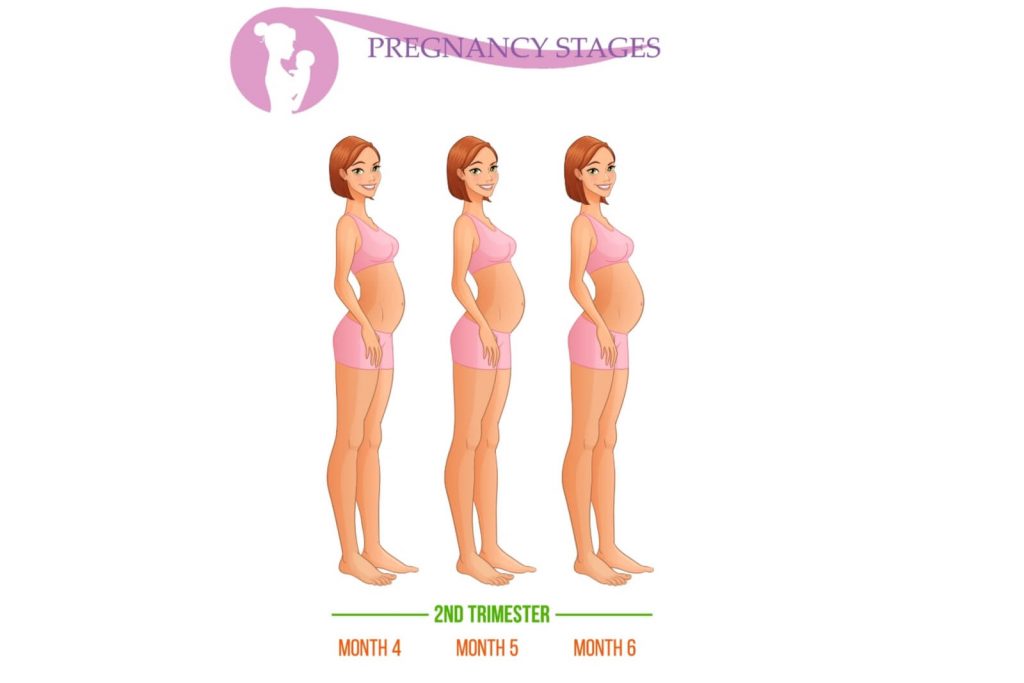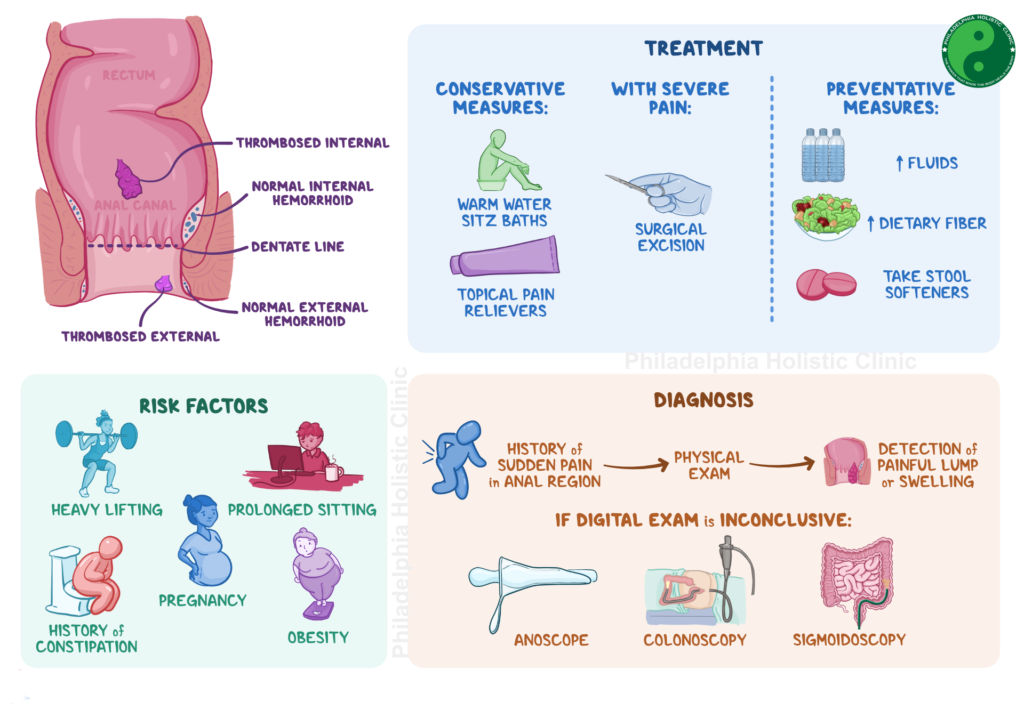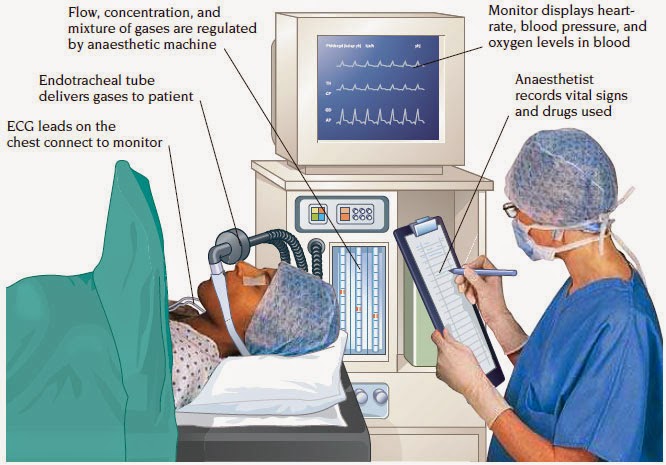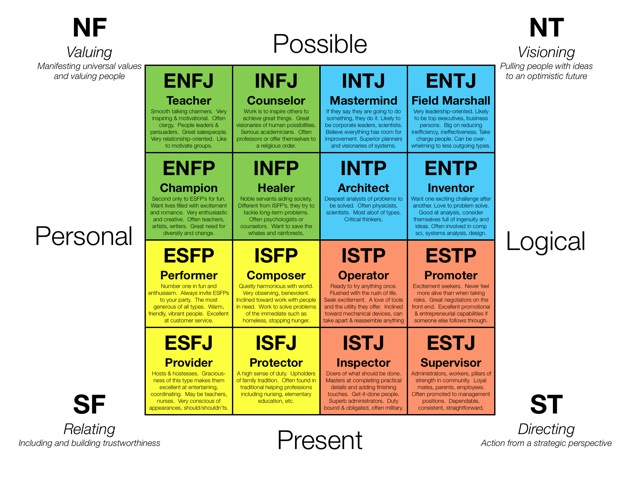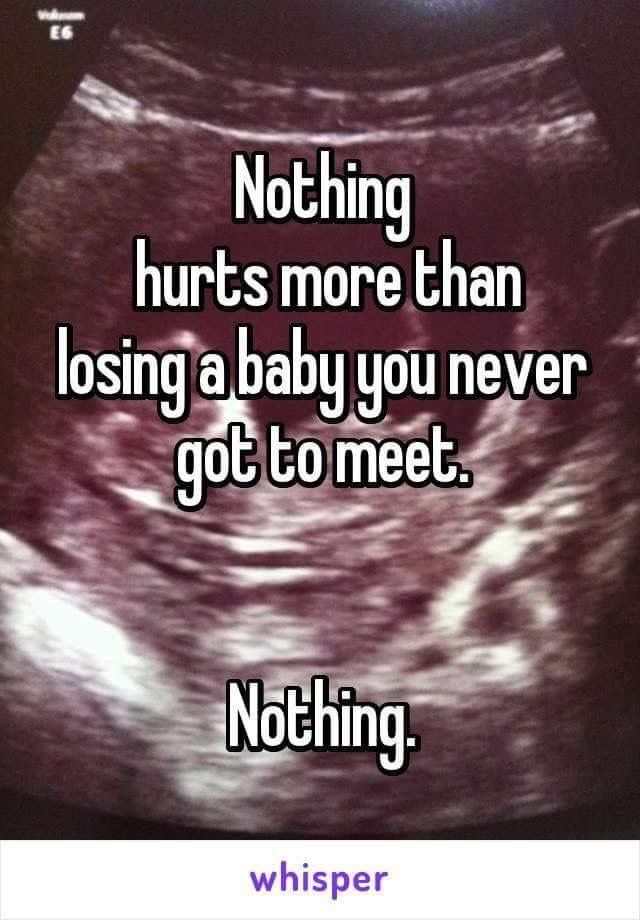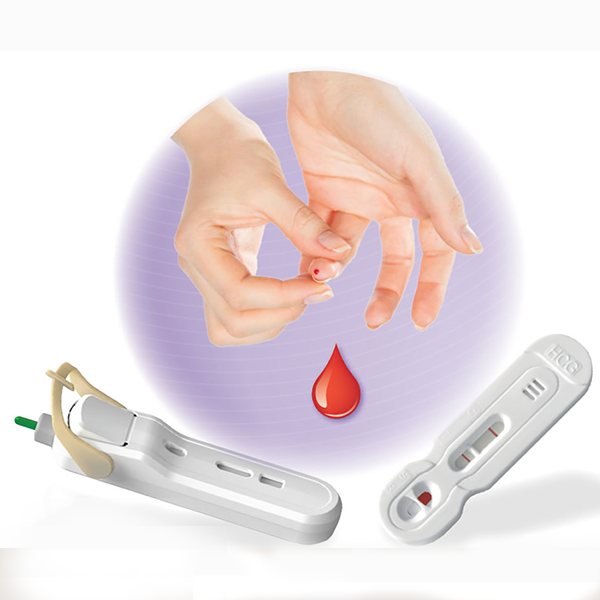Symptoms of pregnancy in 3rd month
3 Months Pregnant: Symptoms and Fetal Development
At three months pregnant, you’ve almost made it to the second trimester, and some of the early pregnancy symptoms you may have been experiencing may slowly start to subside. Read on to find out what may be in store for you at three months pregnant, including common symptoms. Plus, find out all the exciting ways your baby is developing this month.
Common Pregnancy Symptoms at 3 Months Pregnant
At three months pregnant, you might still be experiencing some of the familiar symptoms of early pregnancy, but some new ones might crop up, too. Some of these symptoms might be quite challenging; keep in mind you may not experience them all.
Increase in vaginal discharge. A combination of pregnancy hormones and the increased blood supply in your body can lead to a bit more vaginal discharge than you might be used to. As long as it’s clear or whitish and doesn’t have a bad smell, it’s probably nothing to worry about.
Try to wear cotton underwear and loose, breathable clothes to help prevent vaginal infections. Chat with your healthcare provider if you’re concerned about what’s happening.
Nausea. You might still be feeling queasy, but perhaps for not much longer. Many moms-to-be say their morning sickness begins to subside during this month, which is great news! If you’re not so lucky, try eating bland foods like toast, rice, or bananas, and sip on ginger ale or ginger tea to soothe your stomach.
Fatigue. The sleepiness may continue this month as your body continues to nourish your little one. Rest when you can, stay hydrated, and do some moderate exercise, as this is shown to improve sleep. Prenatal yoga, walking, and swimming can be good choices, but talk to your healthcare provider before trying any new exercises.
Skin changes. If you’ve noticed that the color of your nipples has started to darken, this is because your body is producing more melanin, a type of pigment.
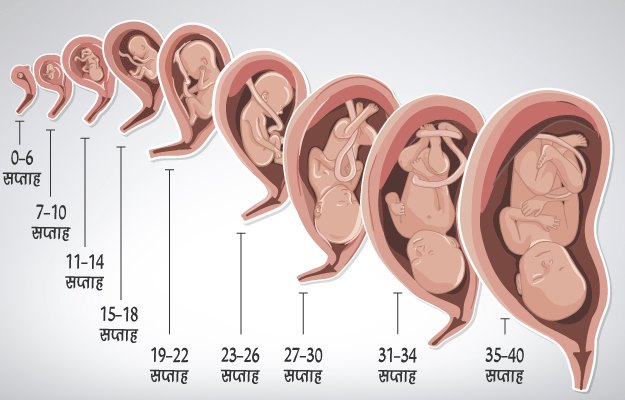 This extra melanin can also cause brown patches on your face, which is called chloasma. You might also notice a dark, vertical line that runs from your belly button to the pubic area. This line might start to appear at three months pregnant as your belly size starts to increase. Most of these discolorations will disappear or fade after your little one is born.
This extra melanin can also cause brown patches on your face, which is called chloasma. You might also notice a dark, vertical line that runs from your belly button to the pubic area. This line might start to appear at three months pregnant as your belly size starts to increase. Most of these discolorations will disappear or fade after your little one is born. Breast changes. Your breasts may be growing and changing this month, too. Your areolas may grow larger and darker, and your nipples may start to protrude a little more. Under the surface, milk glands are preparing to produce milk, and fat is being added to your breasts. If your bras feel too tight, it’s probably time to go up a size. Go for a professional bra fitting at your local department or specialty lingerie store to get a new bra that is more comfortable.
Constipation. Some pregnancy hormones can cause your digestive system to slow down, leading to constipation. The extra iron in your prenatal vitamins may also be to blame.
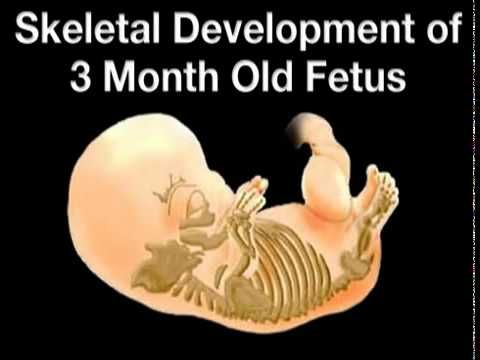 Make sure to stay hydrated and eat more fiber. Fruits, vegetables, and whole grains are great sources of fiber.
Make sure to stay hydrated and eat more fiber. Fruits, vegetables, and whole grains are great sources of fiber.
How Is Your Baby Developing This Month?
On the inside, your little one’s intestines and musculature system are taking shape. Some bones may start to harden, but the backbone is soft. On the outside, your baby’s hands and feet are growing tiny fingers and toes, which may even have the beginnings of fingernails and toenails at three months pregnant. At some point this month, your little one’s external genitals will start to form, and it won't be long before you'll be able to find out if you're having a girl or a boy!
Keep in mind, you’ll usually find out whether you’re having a boy or girl at your mid-pregnancy ultrasound, but for a little fun now, play around with our Chinese Gender Predictor
How Big Is Your Baby When You’re 3 Months Pregnant?
At the start of this month your baby will be about ½ an inch long, and by the end of this month she’ll be almost 2 inches long and weigh about ½ an ounce.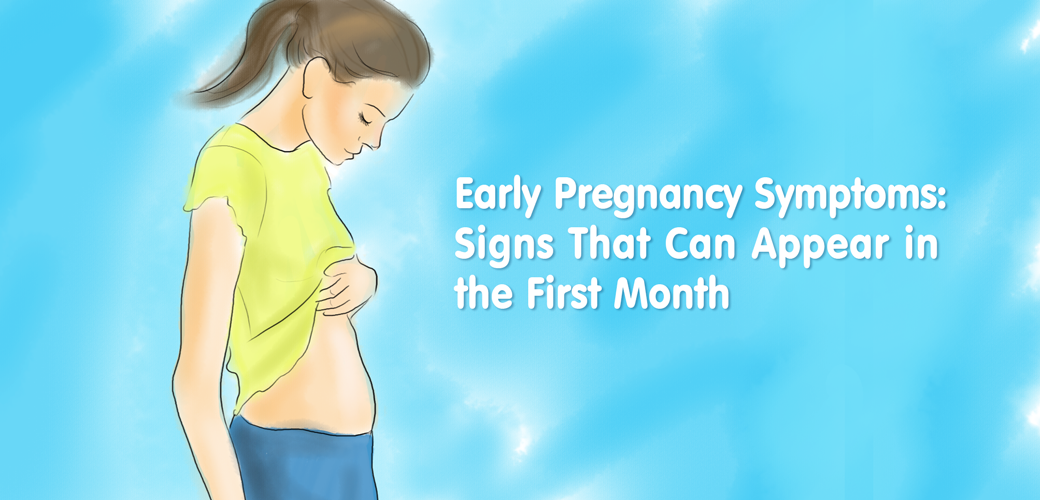
Related pregnancy tool
Fill out your details:
Pre-pregnancy weight (lbs.)
This is a mandatory field.
Height (ft.)
This is a mandatory field.
Height (in.)
Current week of pregnancy (1 to 40)
This is a mandatory field.
Tick the box
I'm expecting twins
What Does a Fetus Look Like at 3 Months?
Check out these illustrations for a glimpse at what your baby might look like when you’re three months pregnant:
3 Months Pregnant: Your Body’s Changes
It's possible that you might start to project a small baby bump sometime soon, although every mom-to-be starts to show at different times, and you might have to wait another few weeks. By this month, your uterus has grown to about the size of a large orange. Read more on when you might start to show here.
By this month, your uterus has grown to about the size of a large orange. Read more on when you might start to show here.
If your nausea subsides, you may find your appetite is returning. You’ll want to continue eating healthily. Even though there are two of you, you don’t actually need to “eat for two.” Experts recommend adding only about 300 extra calories to your diet each day. This is the equivalent of a light meal or snack. Unless you’ve lost a little weight due to morning sickness, you may end up gaining anywhere from one and a half to four and a half pounds this month. Consult your healthcare provider for advice on how much weight gain is right for you.
Our Weight Gain Calculator can tell you how much weight you may be advised to gain over the course of your pregnancy, based on your pre-pregnancy body mass index (BMI), but your provider is your best resource.
How Far Along Are You at 3 Months Pregnant?
Wondering which weeks are in the third month of pregnancy? Good question! There's no standard answer, but three months pregnant is often defined as covering week nine through week 12 or week 9 through week 13.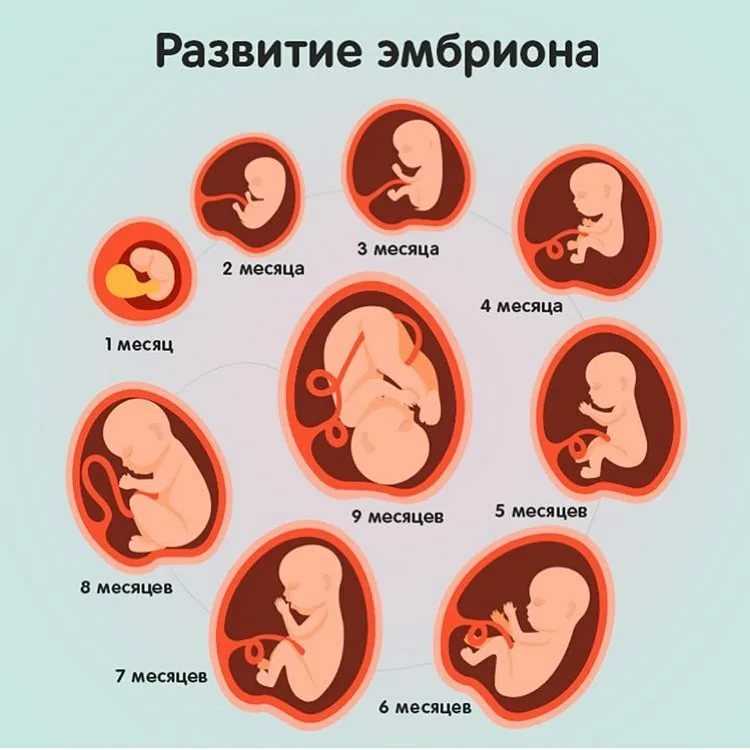 At the end of this month, you’ll be ready to begin the second trimester.
At the end of this month, you’ll be ready to begin the second trimester.
Checklist for When You’re 3 Months Pregnant
Ask your healthcare provider whether any genetic screening tests are recommended for you this month based on your personal situation. Your provider can talk you through the risks and benefits of screening tests like a nuchal translucency test, a cell-free DNA test, or chorionic villus sampling (CVS).
Consider sharing the news with close friends and family soon.
Read up on all the foods and drinks to avoid during pregnancy.
Start thinking about your maternity leave plans, and ask your healthcare provider when is the right time to tell your employer you are pregnant.
Speak to your healthcare provider about safe and gentle exercise options that are suitable for you.
Start to bond with your little one by talking to and singing to your “bump,” or listen to your favorite music together.
 Your little one will soon be able to hear you!
Your little one will soon be able to hear you!Communicate with your partner about any fears you have or feelings you might want to share. This can help your partner feel more involved, and will take some of the load off of you.
If this is not your first pregnancy, read up on how a second pregnancy can be different to a first.
Sign up for even more weekly pregnancy tips here:
What Happens at 3 Months of Pregnancy?
In This Section
- Month by Month
- What happens in the second month?
- What happens in the third month?
- What happens in the fourth month?
- What happens in the fifth month?
- What happens in the sixth month?
- What happens in the seventh month?
- What happens in the eighth month?
- What happens in the ninth month?
- What happens in the tenth month?
The embryo becomes a fetus when you’re 3 months pregnant. The umbilical cord connects the fetus to your placenta and uterine wall. External sex organs also start to develop.
The umbilical cord connects the fetus to your placenta and uterine wall. External sex organs also start to develop.
What happens during week 9 - 10?
The embryo develops into a fetus after 10 weeks. It’s 1–1.5 inches (21–40 mm) long. The tail disappears. Fingers and toes grow longer. The umbilical cord connects the abdomen of the fetus to the placenta. The placenta is attached to the wall of the uterus and it absorbs nutrients from the bloodstream. The cord carries nutrients and oxygen to the fetus and takes waste away from the fetus.
What happens during week 11 - 12?
The fetus is now measured from the top of its head to its buttocks. This is called crown-rump length (CRL).
-
The fetus has a CRL of 2–3 inches (6–7.5 cm).
-
Fingers and toes are no longer webbed.
-
Bones begin hardening.
-
Skin and fingernails begin to grow.
-
Changes triggered by hormones begin to make external sex organs appear — female or male.
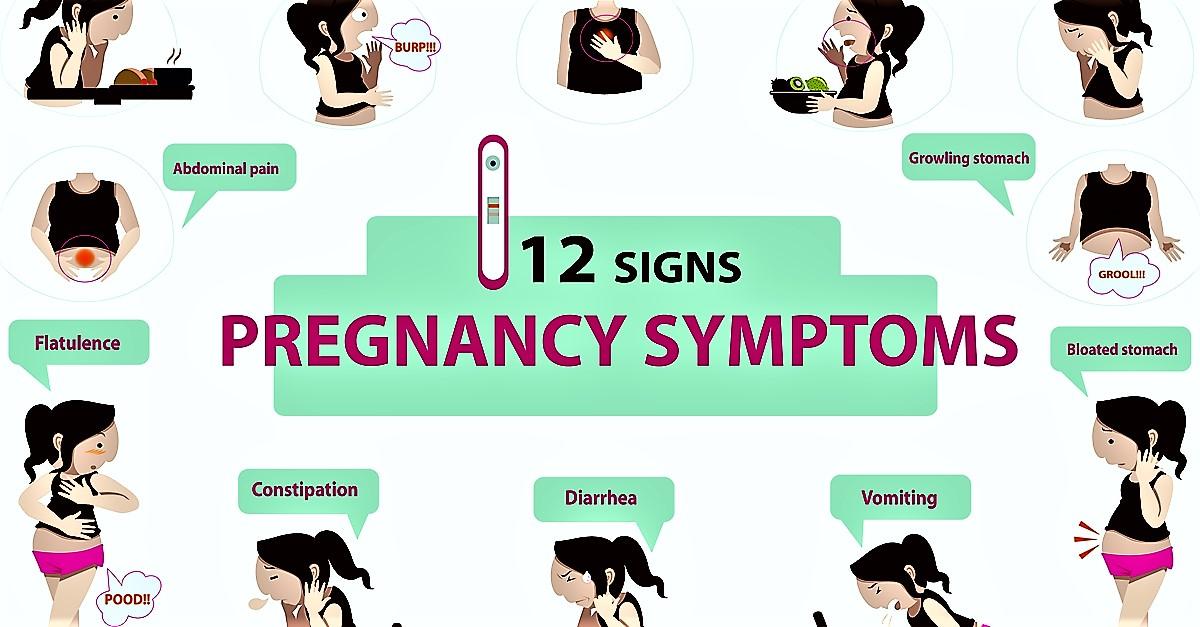 The fetus begins making spontaneous movements.
The fetus begins making spontaneous movements. -
Kidneys start making urine.
-
Early sweat glands appear.
-
Eyelids are fused together.
What are the symptoms of pregnancy in the third month?
Many of the pregnancy symptoms from the first 2 months continue — and sometimes worsen — during the third month. This is especially true of nausea. Your breasts continue growing and changing. The area around your nipple — the areola — may grow larger and darker. If you’re prone to acne you may have outbreaks.
You probably won’t gain much weight during the first 3 months of pregnancy — usually about 2 pounds. If you’re overweight or underweight you may experience a different rate of weight gain. Talk with your nurse or doctor about maintaining a healthy weight throughout your pregnancy.
Miscarriage
Most early pregnancy loss — miscarriage — happens in the first trimester. About 15 percent of pregnancies end in miscarriage during the first trimester. Learn more about miscarriage.
About 15 percent of pregnancies end in miscarriage during the first trimester. Learn more about miscarriage.
- Yes
- No
Help us improve - how could this information be more helpful?
How did this information help you?
Please answer below.
Are you human? (Sorry, we have to ask!)
Please don't check this box if you are a human.
You’re the best! Thanks for your feedback.
Thanks for your feedback.
Back to top
We couldn't access your location, please search for a location.
Zip, City, or State
Please enter a valid 5-digit zip code or city or state.
Please fill out this field.
Service All Services Abortion Abortion Referrals Birth Control COVID-19 Vaccine HIV Services Men's Health Care Mental Health Morning-After Pill (Emergency Contraception) Pregnancy Testing & Services Primary Care STD Testing, Treatment & Vaccines Transgender Hormone Therapy Women's Health Care
Filter By All Telehealth In-person
Please enter your age and the first day of your last period for more accurate abortion options. Your information is private and anonymous.
AGE This field is required.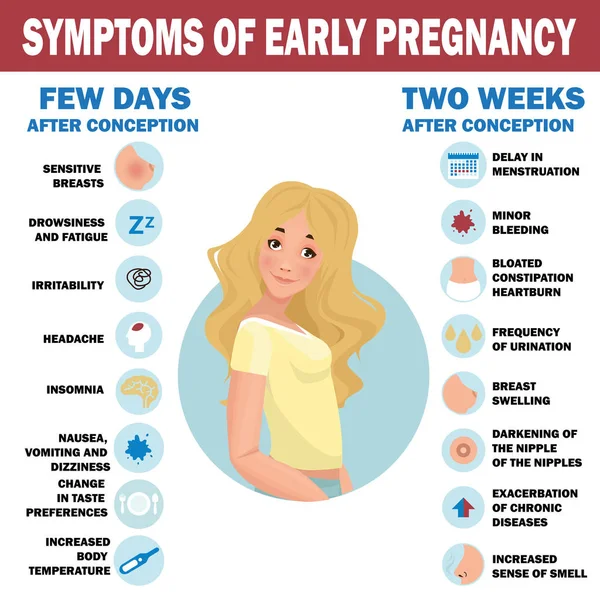
Or call 1-800-230-7526
3rd month of pregnancy - what happens, symptoms and sensations, belly in the third month of pregnancy
09/29/2018
≈ 8 min read time
Contents
- 3rd month of pregnancy: what's new?
- Wardrobe change
- Heartburn
- How to track your weight
- Stretch marks during pregnancy
- How mood changes in the 3rd month
- The importance of proper nutrition
- What vitamins should be included in the diet
- Strengthening the pelvic floor muscles
- How a child develops
- Screening, ultrasound and other procedures
The 3rd month of waiting for a baby: the course of pregnancy and the development of the fetus by weeks, which organs and systems of the body are improving in their structure and functioning, what changes a pregnant woman notices in her own body, what sensations can occur - this article is devoted to this.
So, you are in the 3rd month. Interestingly, you may still not look pregnant to others, but your own feelings and internal changes are already more than obvious to you. What is going on in your body right now?
Despite the fact that the scales do not yet record significant changes in indicators, you may notice that the clothes become tight. Perhaps you have already removed things that are tight-fitting to your figure. Soon you will visit the section of clothes for expectant mothers. If this is your second or third pregnancy, you probably already got and tried on your favorite outfits left over from the previous one.
Choose clothes that will keep you feeling attractive. Comfort, of course, is above all, but until you have signs of pregnancy that are obvious to others, it may be difficult for you to believe that after three or four months you can begin to evaluate your reflection in the mirror extremely biased. Therefore, choose the most feminine outfits.
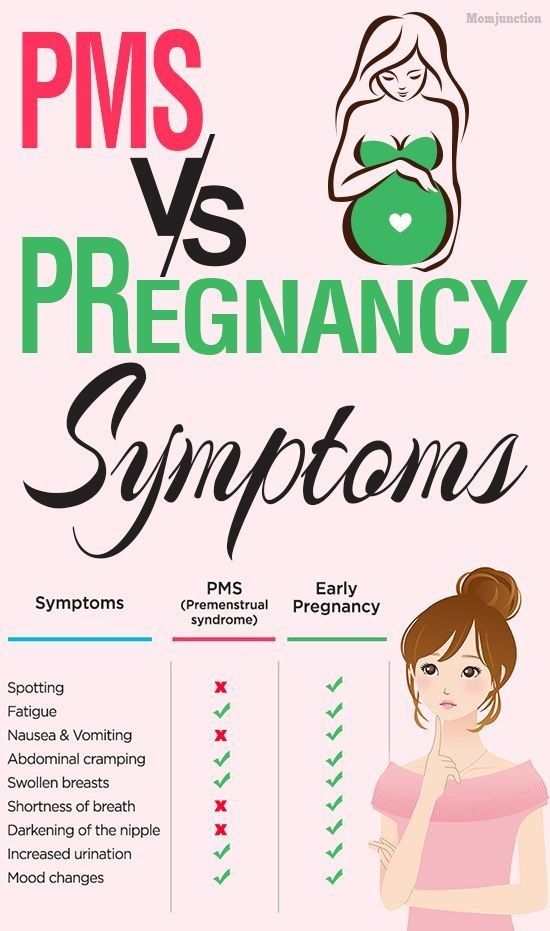
The expectant mother at this stage has many reasons for joy. So, you probably noticed that nails and hair began to grow faster. There is no exact explanation for this - maybe hormones, maybe increased blood circulation, but the main thing is that such changes allow you to glow with pleasure even more. While carrying a baby, many grow their hair: whether superstition is to blame, whether a change in priorities - each woman will have her own explanation. But the fact remains: rarely does hair naturally acquire such strength and radiance as when a mother is waiting for a baby. Enjoy your natural beauty!
You may experience toxicosis, nausea and heartburn. All of these conditions are normal in your position. But that doesn't mean you can't do anything about them—there are ways to alleviate the symptoms.
- The best way to fight heartburn is to reduce the portion size at each meal, which should be increased to 5 - 7 per day. The habit of eating tightly three times a day (if you had one) should now be a thing of the past.
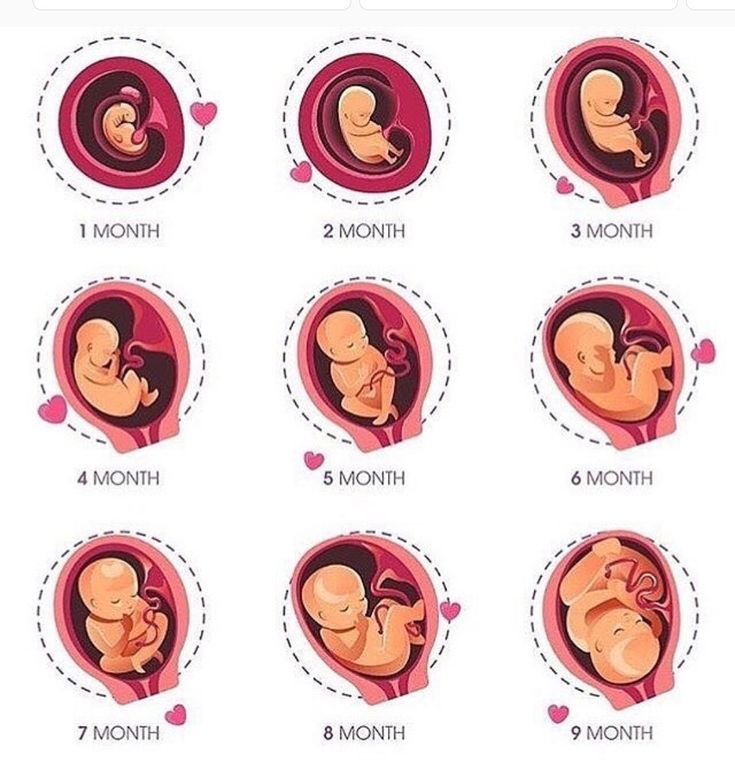 Whether you're expecting a baby or breastfeeding, the above dietary guidelines will form the basis of your new dietary philosophy.
Whether you're expecting a baby or breastfeeding, the above dietary guidelines will form the basis of your new dietary philosophy. - Another recommendation to help avoid an attack of heartburn after a meal would be the strong advice not to take a horizontal position immediately after eating.
- And of course, do not forget that fatty and spicy foods can leave behind very unpleasant sensations in the stomach and in other moments of your life, so try to exclude such dishes from the menu during pregnancy (and not remember about them after).
For more information on digestion during pregnancy, click here.
If you're experiencing bouts of nausea, chances are you haven't started gaining weight yet, and you may even have lost it. Let this not bother you, normally women rarely begin to recover already in the first trimester, and if this happens, then within 1 - 1.5 kg. Rest assured, in the coming months you will still take yours. But don't overdo it! A good increase is considered to be within 10 - 12 kg for the entire period of expectation of the baby (for women with normal weight before pregnancy).
Some women, even at such times, may notice the appearance of stretch marks on the skin of the abdomen, chest, thighs and buttocks. Gradual weight gain reduces the risk of their occurrence, it is more beneficial for both of you than sudden jumps on the scale. Exercising and moisturizing your skin will also help prevent stretch marks.
Check with your doctor about the use of any products that you are going to apply to the skin, because they will enter the bloodstream of both you and your baby, which may be unsafe. The doctor will definitely give you recommendations on which cream for stretch marks for pregnant women may suit you best.
In any case, it all depends on the elasticity of the skin, and this factor is hereditary. Therefore, either stretch marks are destined to appear, or not.
If stretch marks appear, after childbirth they will begin to brighten, but - let's not give you too much hope - they will not completely go away. Therefore, as always, prevention is better than cure. If you have a tendency to them (ask your mom), watch your weight, do exercises and moisturize your skin as naturally as possible.
If you have a tendency to them (ask your mom), watch your weight, do exercises and moisturize your skin as naturally as possible.
And don't forget to read the material on self-care during pregnancy.
Mammary gland. As for the mammary glands, stretch marks may also appear on them. Also, in addition to darkening the nipples and gradually increasing their size, you may find that the veins under the skin of the mammary glands become more noticeable, and the breast acquires a bumpy structure, which is felt when probing. This is normal: milk ducts form in the breast, and colostrum in them, which can begin to be released during massage as early as the second trimester.
Fatigue. Hormonal changes, lack of sleep, morning sickness - these and other reasons can cause you to constantly feel tired, lethargic and overwhelmed. It is very important for you to get enough sleep now, so try to create the most comfortable conditions for this, including staying up late in front of the TV, spending less time on the computer or watching content on digital devices such as a tablet or smartphone.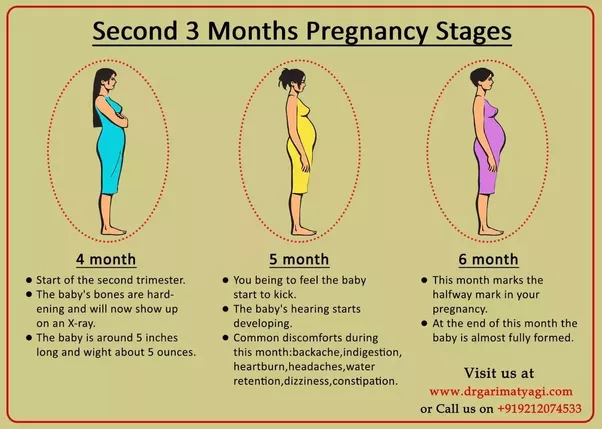 Scientists believe that the blue light of screens, including the smallest ones, interferes with the release of melatonin, the hormone responsible for sleep.
Scientists believe that the blue light of screens, including the smallest ones, interferes with the release of melatonin, the hormone responsible for sleep.
Mood swings. A change in mood is usually observed in the 2nd and especially in the 3rd month of pregnancy. Significant changes in hormonal balance (primarily due to estrogen and progesterone) affect the level of neurotransmitters - chemicals in the nervous system that are responsible for mood.
You can be both overwhelmed with enthusiasm about the pregnancy that has taken place, and worried about some aspects of the upcoming changes in life: will I be a good mother, how will the birth go, are my husband and I ready for such responsibility, will we cope financially, will my life be the same?
- Pregnancy is a turning point in the life of a woman and family, associated with both physical and emotional changes. Understanding the fact that they are inevitable in such a fateful event will help you balance your inner state and tune in a positive way in accepting future changes in your life.
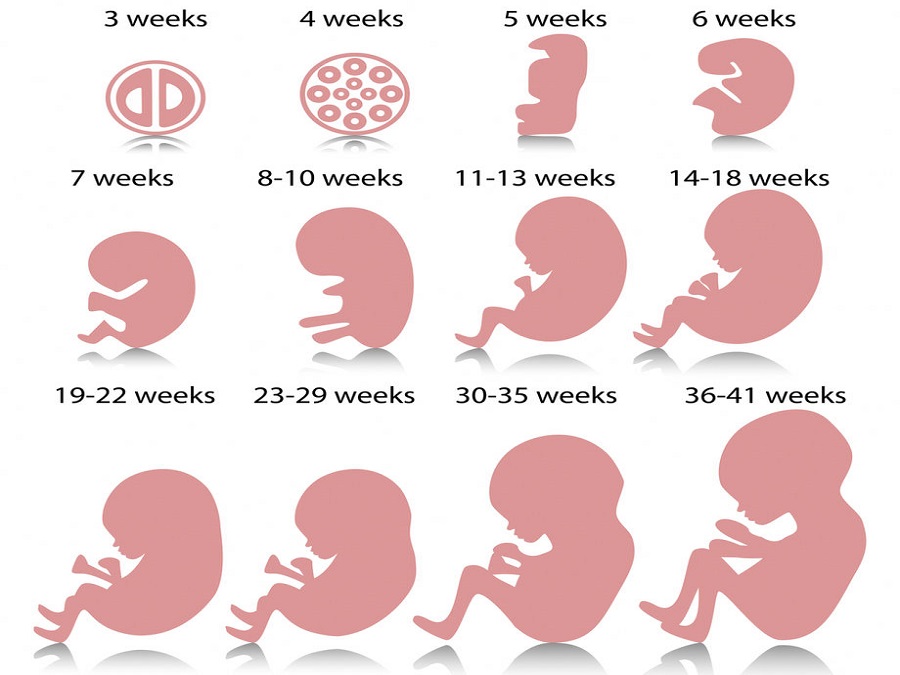 You are not alone, millions of other women are experiencing the same internal transformations and emotions at the same second.
You are not alone, millions of other women are experiencing the same internal transformations and emotions at the same second. - In addition to this psychological pressure on the psyche of the expectant mother, mood swings in the first trimester may be associated with the physiological stress experienced by the body in connection with your "interesting position". Hormonal shifts and changes in metabolism also affect how you feel about each new day of your pregnancy.
- If you do not work on improving the emotional background, you may be among that part of pregnant women who go from a state of abrupt mood changes to a state of depression, which is not at all necessary in your current situation. Therefore, already now, when you notice that you cannot always control the change of moods during the day, you need to start working on yourself.
To help overcome the influence of mood swings on your overall emotional background, the following remedies can:
- steal a few minutes of rest during the day;
- get enough sleep;
- eat healthy, energetically and biologically rich food;
- stay physically active, exercise, walk more;
- spend more time with the father of your unborn child;
- if possible arrange for yourself a daytime sleep;
- read good books, watch good movies, listen to good music;
- meet friends;
- try yoga and/or meditation;
- know that you are not alone, millions of other pregnant women experience the same condition.

At the end of the first trimester, though not earlier than the 12th - 13th week, you will notice a weakening of the symptoms of early toxicosis.
The issue of proper nutrition is now more acute than ever: your baby is about to begin a noticeable growth. You both want quality food, as natural as possible and with minimal processing before it hits your fridge. Give preference to fresh fruits and vegetables, grains and cereals, lean meat and fish from the natural habitat, dairy products, especially kefir and cottage cheese: the first will regulate the balance of the bacterial flora of your intestines, the second is necessary as the best source of calcium - after milk, which, in unlike fermented milk products, not everyone is well tolerated.
It is important that the daily diet contains not only products of all food groups, but also the necessary vitamins: folic acid, iron (with low hemoglobin), B vitamins, iodine, vitamin D if you rarely go to the sun. If your doctor has recommended other prenatal vitamins for you, do not forget about them.
If your doctor has recommended other prenatal vitamins for you, do not forget about them.
There are different points of view regarding the harm and benefits of taking vitamins, from side effects and allergization at too high doses to early aging of the body with long-term use. But the use of vitamins necessary for the normal development of the child in low doses during the few months of pregnancy can hardly be considered a serious threat to your health and longevity.
Listen to yourself, your doctor, other people whose opinion you trust, and act in accordance with the emerging point of view. Believing in yourself and in a successful pregnancy is a guarantee that you will go through the next few months in pleasantly exciting, and not in tedious anticipation.
At the 3rd month after consulting a doctor, you can start doing Kegel exercises. They strengthen the vaginal muscles, which significantly helps in childbirth and after them - so say the mothers who performed these exercises before, during and after pregnancy.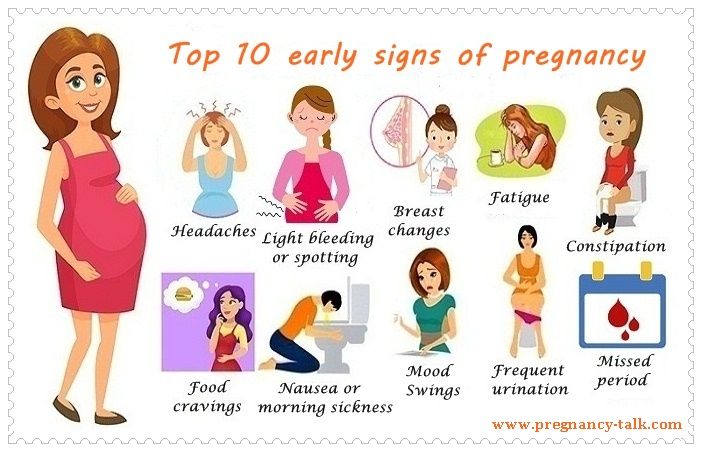
The effect of them is noticeable not only in childbirth: toning the muscles of the pelvic floor helps to avoid the troubles associated with hemorrhoids and decreased control over urination, delicate problems that many pregnant women face.
The great advantage of Kegel exercises is that they can be done anytime, anywhere without anyone else having any idea. There are several techniques for their implementation, they are all very simple: to squeeze and unclench the muscles of the lower pelvis with different frequency and intensity, alternating with pauses of different duration. We talk more about this in an article on sports and exercise during pregnancy.
And now let's find out how your future baby develops in the 3rd month. We remind you that we indicate the obstetric gestational age. It is usually longer than the embryonic by about 2 weeks and is counted from the first day of the last menstruation.
The child, which at the beginning of the 3rd month is called an embryo, and at the end of it a fetus, is still extremely small, but is already preparing for an imminent growth and weight gain.
9th week of pregnancy
Main event: the first movements of the embryo.
- The appendage in the form of a tail, which was located at the end of the spine, disappears at this stage.
- The umbilical cord is fully formed and supplies blood to the cardiovascular system of the embryo.
- The embryo begins to make the first movements.
- Practically formed joints.
- The formation of the inner part of the ear is completed, now its outer part is being laid and begins to develop.
- All major internal organs continue to develop, the uterus increases in size.
- The internal reproductive organs of the embryo begin to form.
Fruit size: height - 2 cm, weight - 3 g.
10th week of pregnancy
The main event: the end of the embryonic period of development.
- The most critical period of development has passed, now the active growth of the fetus will begin.
- Blood circulates through the baby's cardiovascular system.
- The facial part of the head continues to develop, facial features are already clearly visible. The eyelid is formed and now closes the eyes, they will open again at the border of the second and third trimesters.
- The arms and legs are very clearly formed, with tiny thin fingers, the membranes between which disappear.
- The head is still very large in comparison with the body: in size it approaches almost half the entire length of the body.
- The auricles look recognizable, but are still quite low.
Fruit size: height - 3 cm, weight - 5 g.
11th week of pregnancy
The main event: the beginning of the fetal period of development.
- The main organs of the fetus continue to develop.
- The face is almost fully formed, it is wide, the eyes are set far apart, the eyelids have developed. The ears gradually begin to move towards those areas where they are anatomically destined to be permanently fixed.

- Muscles develop, movements of the arms and legs become more energetic, but the movements of the fetus are not yet felt by the mother.
- Hair and nails begin to grow.
- The skin of the fetus is very thin, blood vessels show through it.
- Bones begin to harden.
- The external genitalia are forming, after a few weeks they will become visible on ultrasound.
- The kidneys begin to work, the fetus produces urine, returning waste through the placenta back to the mother.
- The fetus inhales and exhales small amounts of amniotic fluid to allow its lungs to grow and develop.
- The placenta at this stage of development is almost a separate organ. The volume of amniotic fluid will gradually increase until the 40th week.
Fruit dimensions: height - 5 cm, weight - 10 g.
12th week of pregnancy
Main event: completion of the formation of the placenta.
- As the muscular system develops, the fetus becomes able to stretch and push.
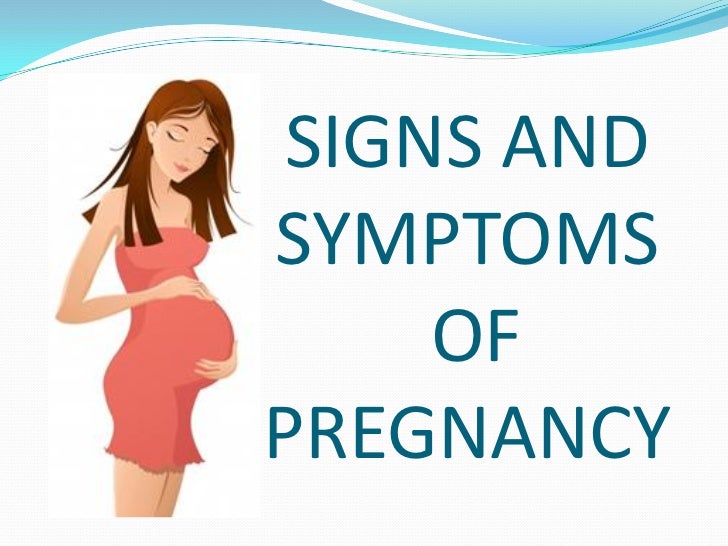 He clenches and unclenches his fingers, curls his toes, pushes and kicks with all four limbs. If you put your hand on the stomach, the baby will react, but you will not feel it: the fetus is still too small for you to be able to fix its movements.
He clenches and unclenches his fingers, curls his toes, pushes and kicks with all four limbs. If you put your hand on the stomach, the baby will react, but you will not feel it: the fetus is still too small for you to be able to fix its movements. - Nerve cells are rapidly dividing, and neural connections are formed in the brain.
- The eyes begin to move closer to the center of the face, which is increasingly acquiring normal human features. The ears also move closer to the right place.
- Significantly increased size and weight of the fetus. The process of formation of tissues and organs continues.
- The intestine moves further into the body of the fetus (initially it is located outside the abdominal cavity).
- The liver begins to function, it will be responsible for cleansing the blood and storing nutrients.
- The pancreas begins to produce insulin.
- The doctor can already listen to the fetal heartbeat with an obstetric stethoscope.
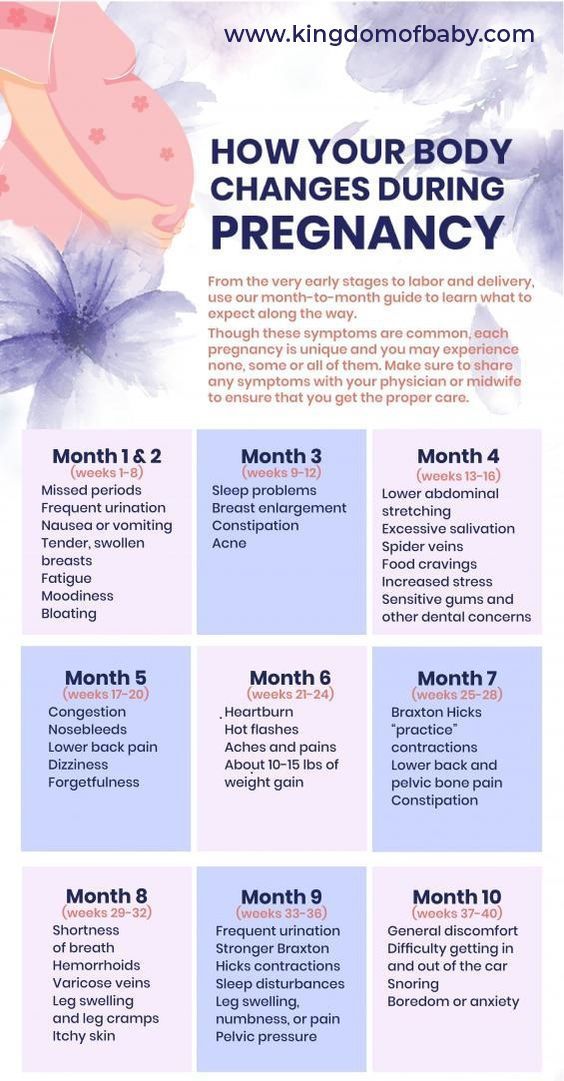
Fruit dimensions: height - 6 cm, weight - 15 g.
13th week of pregnancy
Main event: end of term.
- The head is now not half, but one third of the total size of the fetus.
- Until now, the head has outstripped the body in its growth, but now the torso begins to grow faster.
- The legs still need to grow to become longer and the arms are starting to take on the right proportions in relation to the body. Now the baby can reach his mouth with his fist.
- The eyes and ears of the fetus continue to develop and move towards the cherished goal.
- The neck lengthens, the chin no longer rests on the chest.
- A skin pattern (so-called fingerprints) becomes visible on the fingertips.
- Almost all internal organs are formed, but they cannot yet function independently of the mother. The uterus is already palpable, although the pregnancy itself is not yet noticeable.
- The central nervous system, heart, limbs, eyes and ears are at a critical stage in their development.
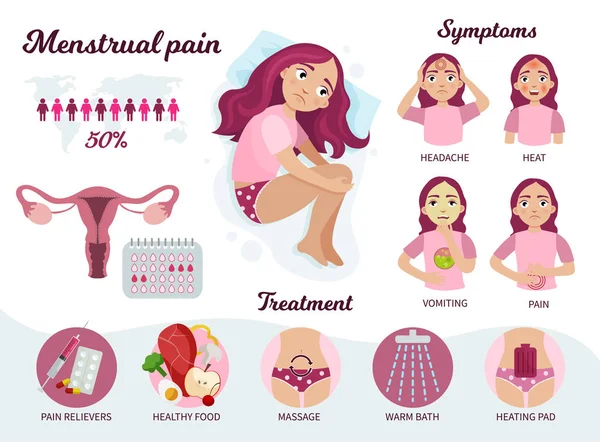
Fruit dimensions: height - 5 cm, weight - 10 g.
At 11 to 14 weeks, you'll have your first screening, an ultrasound (ultrasound), and finally meet your baby. Ultrasound helps to track the normal development of the placenta, fixes the dynamics of the development of the systems and organs of the child, and corrects the timing of delivery. Despite the fact that this invaluable procedure for doctors provides a huge array of necessary information, it nevertheless raises questions and concerns among some of the audience of expectant mothers.
Sometimes pregnant women are worried about whether some other methods of invasive (with penetration into the amniotic cavity) diagnostics (for example, a paternity test, etc.) are harmful.
- In the first trimester, ultrasound is prescribed by a specialist in charge of a woman's pregnancy, primarily to establish the fact itself, as well as the duration of pregnancy. Usually it is carried out in the interval from the 11th to the 14th week.

- Ultrasound is a procedure that uses high frequency sound waves to diagnose the condition of the placenta and fetus in a pregnant woman. This is a non-invasive method that, if used correctly, does not cause proven harm to the unborn child. In general, the value of ultrasound during pregnancy can not be overestimated.
- At the same time, many mothers note that babies often hide from the sensor that transmits sound vibrations. But think about it: we ourselves would hardly have reacted differently to a sound or light impact, the strength and duration of which we are not able to control. We close our eyes as we step out of the dark hallway into the bright sunlight, startle at the sharp siren of a passing car, and mute the sound as another commercial starts to play on TV. These are all normal human reactions in response to stimulation received by our senses.
Therefore, the question of the ratio of harm and benefit from a procedure that allows you to establish the fact of pregnancy, make sure that it is correct and compare the development of the fetus in dynamics with the norms, should not cause painful reflection.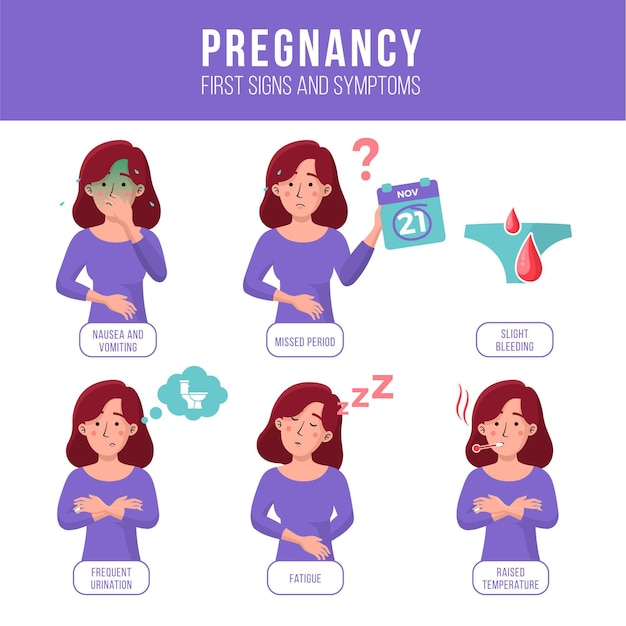
However, the long-term harm from frequent and/or prolonged use of ultrasound waves is not yet fully understood. Therefore, ultrasound during pregnancy should be performed only by qualified personnel and only for medical purposes. Remind yourself of this when you feel like you don't have enough pre-birth photos of your baby.
- To avoid risks, Russian practice of pregnancy management has established a standard: ultrasound is performed three times during the entire period - once in each trimester - in order to make sure that the placenta and fetus develop according to the norms derived from many years of monitoring the course of pregnancy in hundreds of millions of women. And only if necessary (according to some indications), the doctor may prescribe an additional ultrasound examination.
- Invasive diagnostic methods are widely used to determine paternity and in a number of special cases to determine how the pregnancy and fetus develop. They involve penetration into the uterine cavity and sampling of amniotic fluid, as well as tissues and cells of the unborn baby.
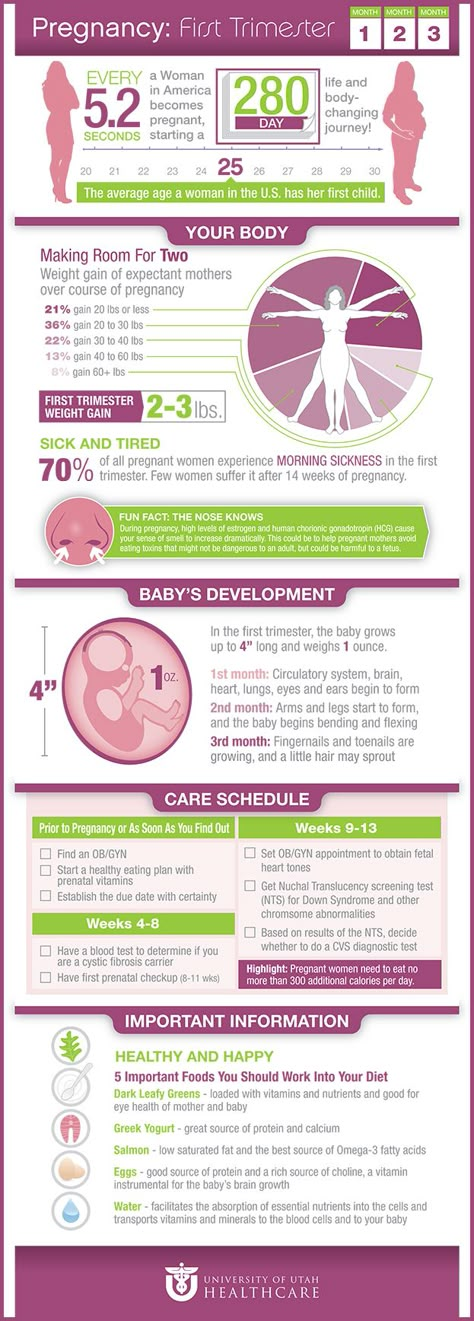 This kind of diagnosis allows you to establish or exclude the possibility of defects and malformations of the fetus.
This kind of diagnosis allows you to establish or exclude the possibility of defects and malformations of the fetus. - Physicians always communicate to pregnant women the pros and cons of these procedures, as there is some evidence that they are not 100% safe. Therefore, discussions on this topic do not subside.
- The decision in favor of the procedure is not easy, it requires consideration by all family members together with the leading doctor, and, of course, when making a choice, one should take into account the totality of factors influencing it.
With the end of the 13th week, your pregnancy enters the second trimester. Its first signs in the form of nausea and fatigue will remain in the past, you may even feel as if you have no pregnancy, but the growing tummy will not leave you or those around you in any doubt: a new life is growing inside you! Health to you and your future baby!
9 weeks pregnant
The 3rd month of pregnancy has begun.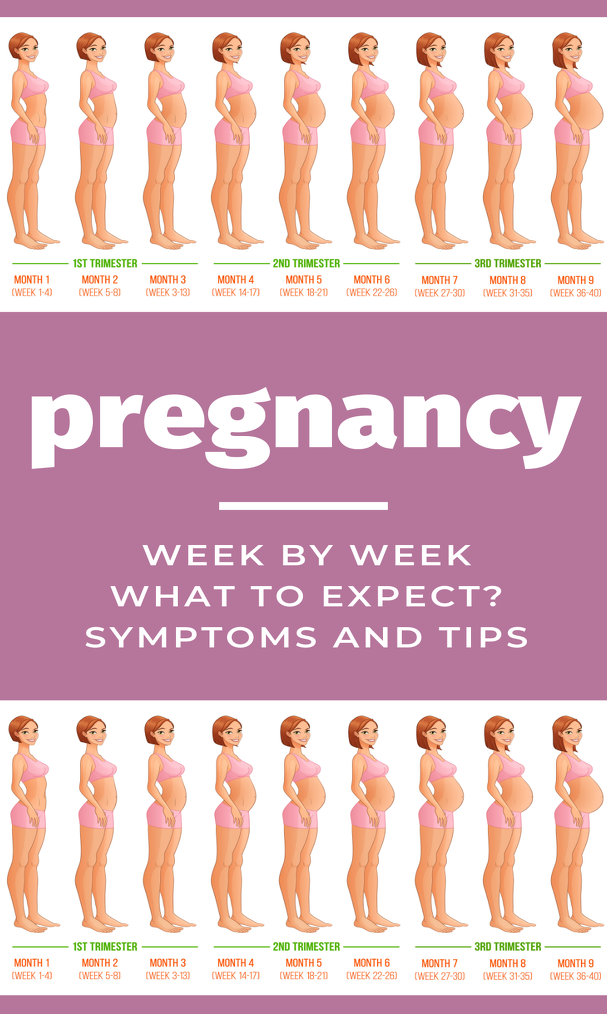 Congratulations! The most difficult stage is over. At this time, the level of hormones in the blood will reach a maximum, and then you will feel better. Most expectant mothers gradually pass unpleasant physical sensations, but emotional instability still persists. Outwardly, the “interesting position” is not yet noticeable to outsiders, but your favorite jeans have probably become cramped for you, because the tummy is slowly growing!
Congratulations! The most difficult stage is over. At this time, the level of hormones in the blood will reach a maximum, and then you will feel better. Most expectant mothers gradually pass unpleasant physical sensations, but emotional instability still persists. Outwardly, the “interesting position” is not yet noticeable to outsiders, but your favorite jeans have probably become cramped for you, because the tummy is slowly growing!
10 weeks pregnant
The 10th week of pregnancy marks the end of one of the most critical milestones in your baby's development. Usually the bulk of the pathologies appear before the end of this period. And if you successfully survived the first 10 weeks, then you can be more than 90% sure that the threat of defects in the child has passed.
11 weeks pregnant
By the 11th week of pregnancy, the baby's height is from 4. 4 to 6 cm, and the weight is about 8 g. The fetus has already formed all the systems of the body, and in the remaining 29 weeks they will develop, and the child will grow intensively.
4 to 6 cm, and the weight is about 8 g. The fetus has already formed all the systems of the body, and in the remaining 29 weeks they will develop, and the child will grow intensively.
12 weeks pregnant
By the 12th week of pregnancy, all the internal organs and systems of the child have already formed, and every day your baby is getting closer and closer to the usual appearance of a baby.
13 weeks pregnant
From the 13th week of pregnancy, you enter a new period for you - the second trimester, which is considered the easiest of the entire period of bearing a child. Early toxicosis is already over, the risk of abortion is minimal, and the stomach is not yet so big as to tire you with its heaviness.
References
- Aptulaeva T.
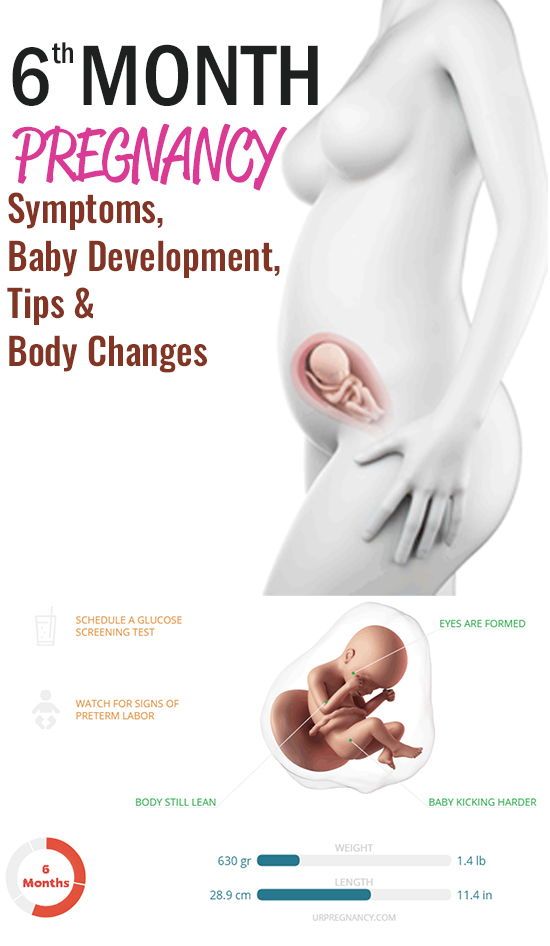 G. Nine months together. The most important book for expectant mothers. Moscow: Eksmo-Press Publishing House, 2016 - 544 p.
G. Nine months together. The most important book for expectant mothers. Moscow: Eksmo-Press Publishing House, 2016 - 544 p. - Istratova E.A. Fears of future mothers, or How to cope with the difficulties of pregnancy. Moscow: Publishing House "World and Education", 2014. — 288 p.
- Korsak V.S., Gromyko Yu.L. Pregnancy and childbirth without fear and pain: doctor's advice. Moscow: Publishing House "Special Publishing House of Medical Books", 2016 - 144 p.
404 page - agulife.ru
404
page not found :(
The address was entered incorrectly, or such page
no longer exists on the site.
To main
See also
Child nutritionHow much calcium does a child need?
Calcium deficiency in children is often associated with an increased risk of fractures later in life and stunted growth.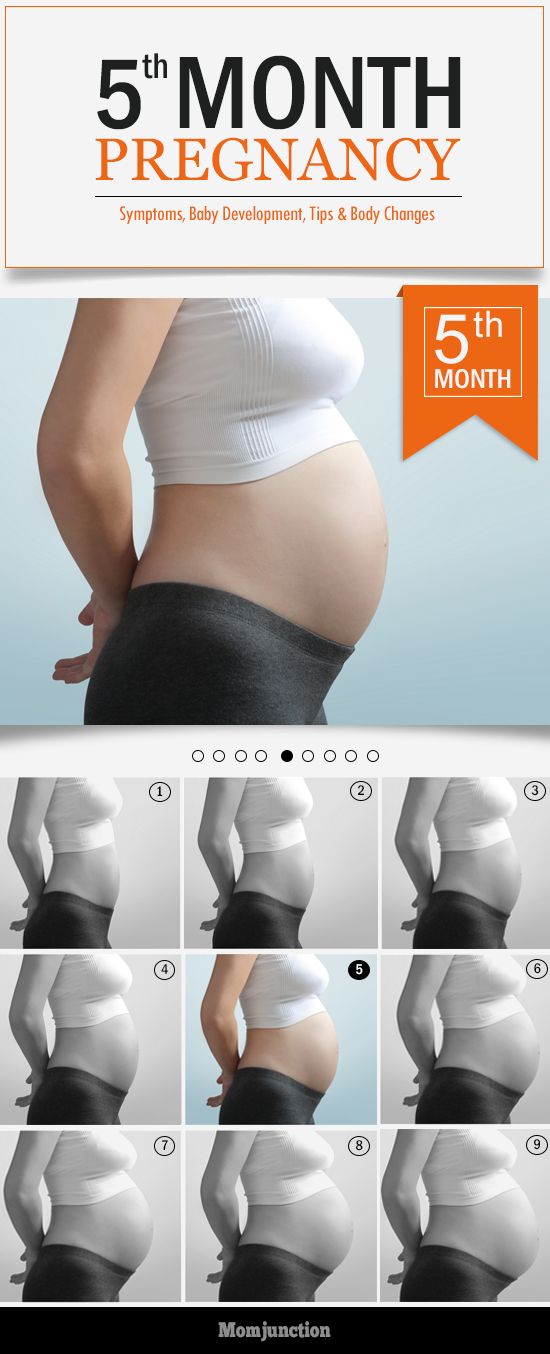 However, in reality, the negative consequences of its lack in the body are much greater.
However, in reality, the negative consequences of its lack in the body are much greater.
5 important questions new parents ask about food allergies in newborns
Alas, the reality is that among patients with food allergies, doctors even meet children who are not even a month old
First foodHow to introduce fruits into complementary foods
Mother's milk for a baby is ideal nutrition, especially in the 1st year of life.